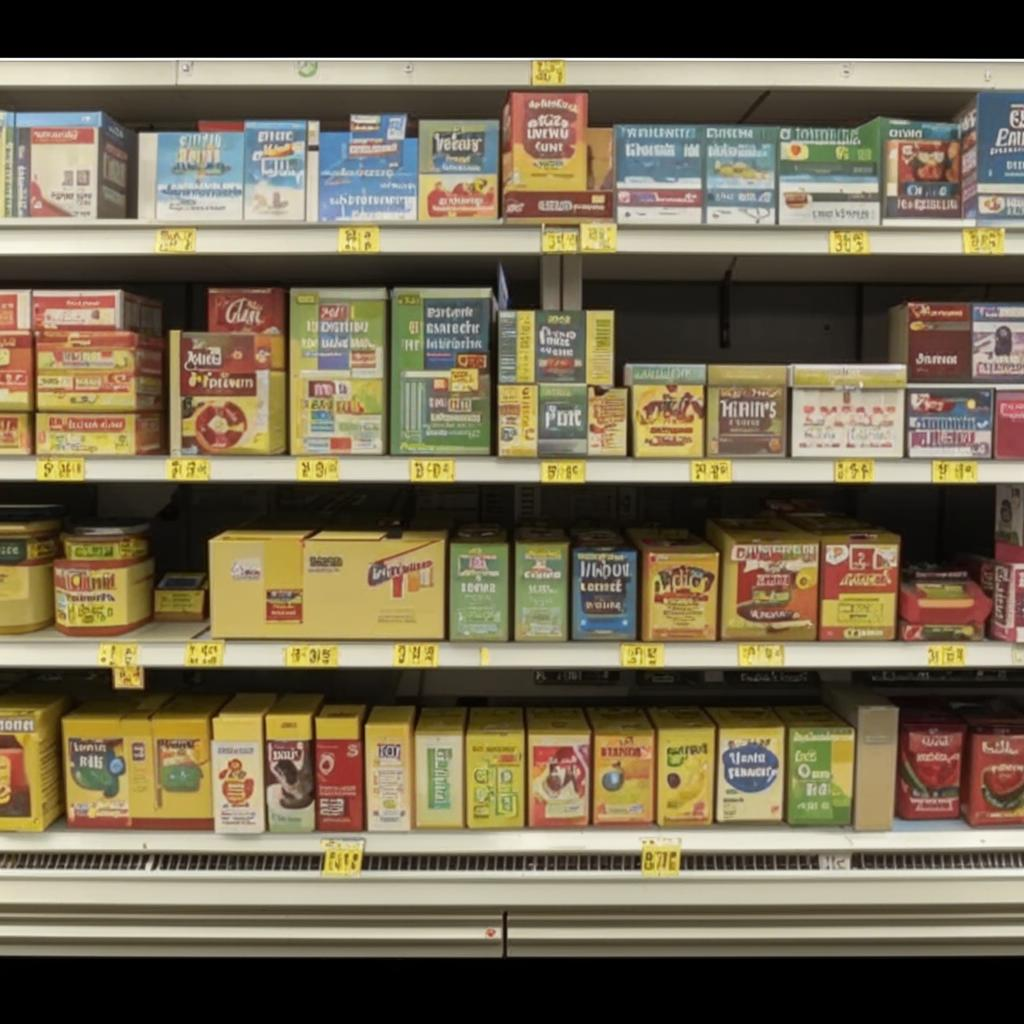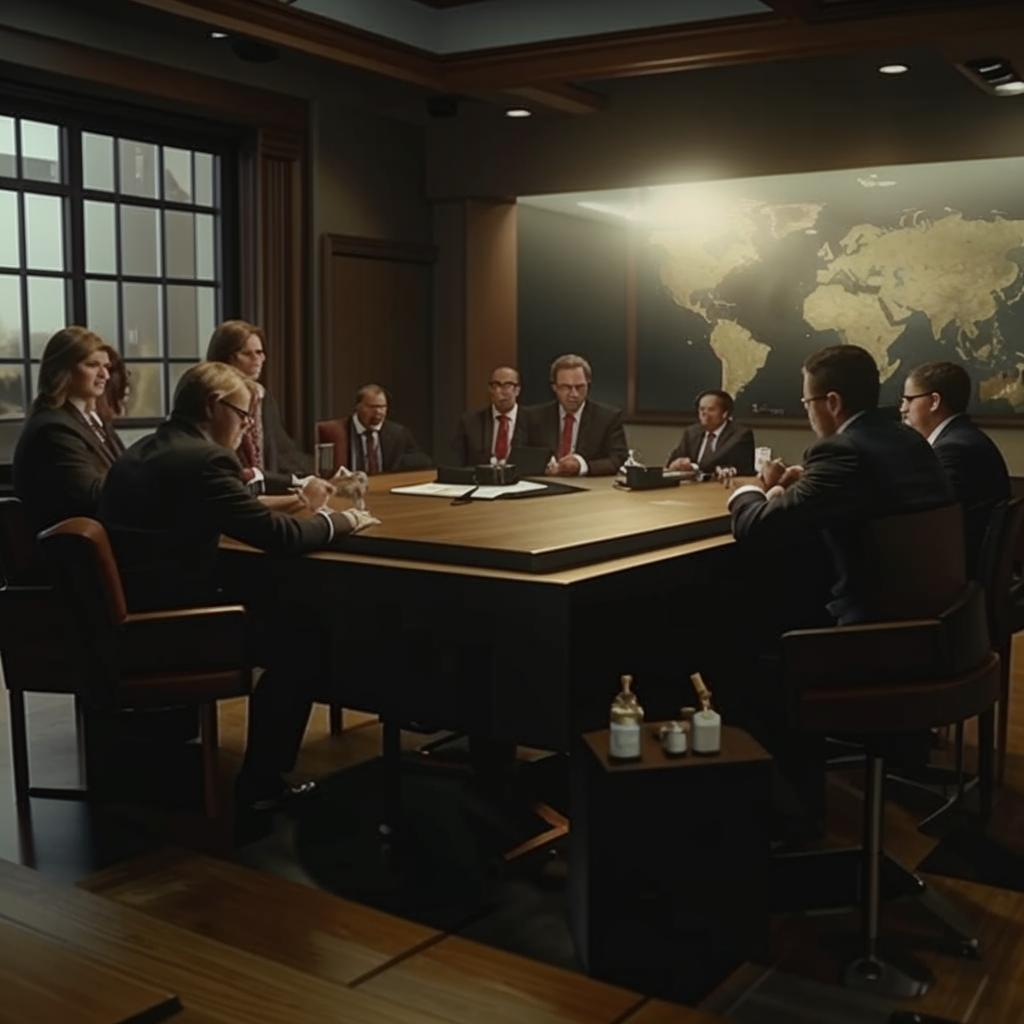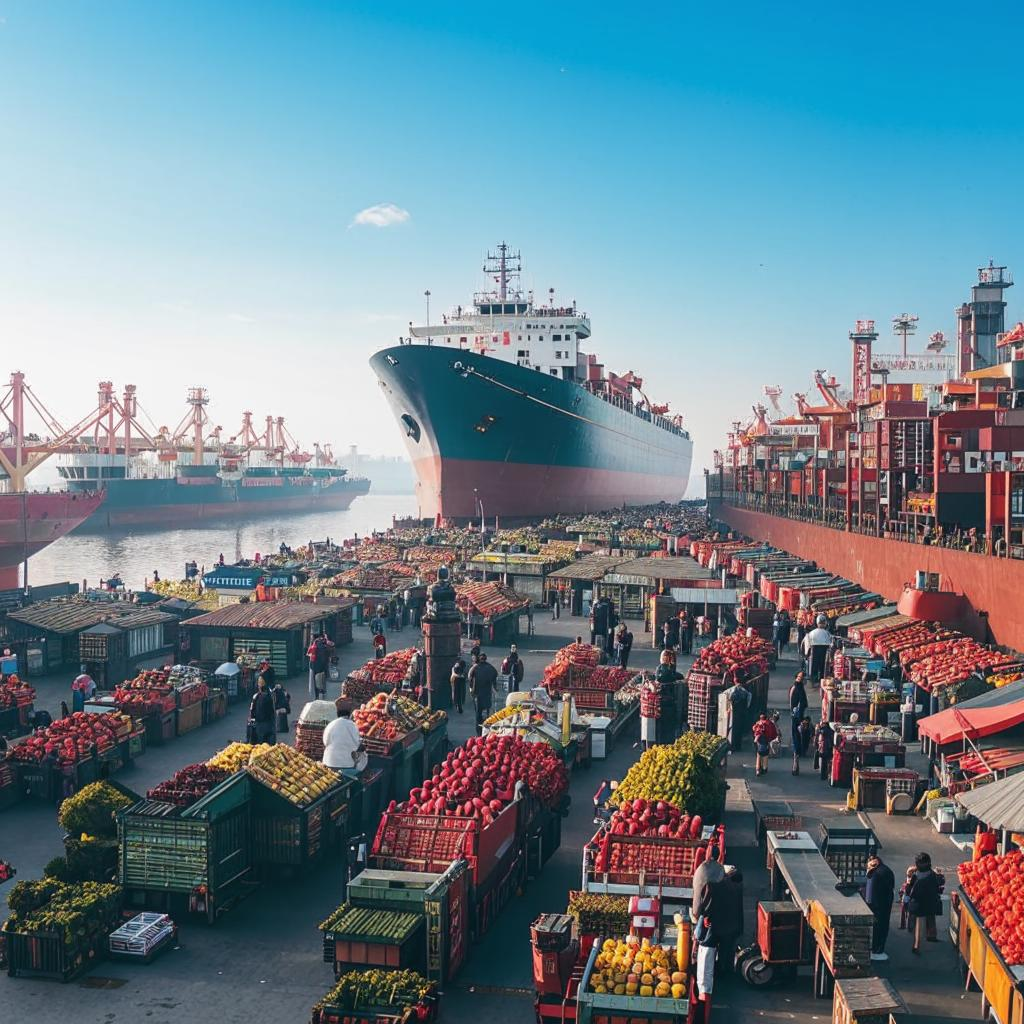Tariffs, taxes imposed on imported goods, are a key tool in international trade, but their impact is widely debated. The fundamental question is: who ultimately bears the cost? While seemingly levied on foreign exporters, economic analysis often reveals that domestic consumers and businesses shoulder a significant portion of the burden.
When a tariff is imposed, the price of imported goods rises. This increase can directly affect consumers, who may face higher prices for everything from clothing and electronics to food products. Businesses that rely on imported components or raw materials also feel the pinch, potentially leading to increased production costs and reduced profit margins. These costs may then be passed on to consumers in the form of higher prices, creating a ripple effect throughout the economy.
The potential impact on the U.S. economy is multifaceted. Proponents of tariffs argue they protect domestic industries from foreign competition, encouraging local production and job creation. However, economists often caution that tariffs can lead to retaliatory measures from other countries, sparking trade wars that harm overall economic growth.
Retaliatory tariffs can significantly disrupt international supply chains, creating uncertainty and instability for businesses. American exporters may face increased barriers to foreign markets, impacting their competitiveness and profitability. Moreover, tariffs can distort market signals, leading to inefficient resource allocation and reduced overall welfare. The long-term consequences of widespread tariff implementation can include slower economic growth, higher inflation, and reduced consumer choice. Understanding the complexities of tariffs is crucial for policymakers and businesses alike as they navigate the evolving landscape of international trade.















